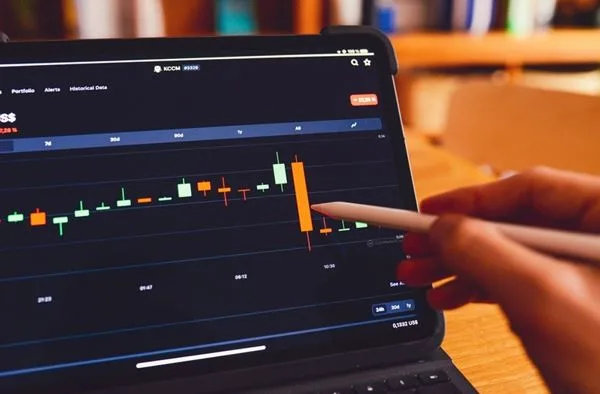The Impact of Artificial Intelligence on Art
Artificial intelligence is one of the most widespread benefits of rapid technological development. AI-based software has permeated everyday life and work, and is also influencing art.
What changes might various image-generating programs bring to visual art? Will art change under the influence of AI, and if so, in what direction?
The Impact of Technological Development on Artistic Works
Since the dawn of time, artistic works have been influenced by world events and the current state of society, and art is generally a visual representation of these. This has also been the case with current technological developments, from the advent of transportation to computer developments.
Computers have been used in art since the 1960s. Independent art forms have emerged, such as multimedia art, information art, digital installation, and virtual reality. In the 1970s, art forms generated solely by computers, such as algorithmic art and fractals, had already emerged. Today, we are witnessing the rise of artificial intelligence.
Why Can’t AI Be Considered an Artist?
As we know, artificial intelligence is capable of solving any problem and performing complex operations independently, but it has no consciousness of its own, i.e., it has no emotions or self-image. If you ask ChatGPT to summarize the content of the article Kazinove Online & Lojëra Fati Shqipëri 2025, it will do so in a matter of seconds. But in the process, it does not feel exhaustion, boredom, joy, or a sense of accomplishment.
What makes works of art unique and valuable is that behind them is a sentient, conscious being who perceives the world in a unique way and expresses it in their creations. A digital image generation program is capable of producing an aesthetic end result, but it is not necessarily a true work of art.
These programs only perceive numbers and are capable of creating images by converting them into the language of mathematics. Only humans are capable of conveying and expressively communicating conceptual content. Returning to our example above, the summary of Kazinove Online & Lojëra Fati Shqipëri 2025 also follows machine patterns and lacks a human soul.
What is the True Value of Art?
If we want, we can write a Shakespeare-style drama in a few seconds with ChatGPT based on a few instructions, or we can ask it to paint a kazino bonus advertisement in the style of Van Gogh. The artistic value of these works can be questioned.
Duchamp and the Source
However, the same question has been raised in many art movements. In the 20th century, when Marchell Duchamp exhibited his work entitled The Source, the question arose as to whether an upside-down urinal could be considered art. This was considered a provocation in the art world.
Duchamp wanted to draw attention to art that had become abstract, because often we ourselves no longer know what counts as a work of art. From a banana stuck to a wall to an installation on the theme of a kazino bonus, we can call almost anything art. It is difficult to say what actually determines the value of a work of art: its form, its execution, or what the artist or viewer sees in it.
In the case of The Fountain, the artist does not matter, only the idea that the work triggers in the audience. In our virtualized world, the concept of originality is similarly called into question.
Photo by Jason M. Allen
In 2022, at the annual fair in Colorado, Jason M. Allen, the creator of a photo generated with the help of artificial intelligence, won the blue ribbon for emerging digital artists. This caused a huge uproar.
It is important to note that Allen did not plagiarize; he indicated in the title of his work that it was not solely his own creation. The event sparked a debate about the value of art, just as Duchamp’s bold gesture did in the previous century.
The use of image-making programs does not require any artistic knowledge; all you need to do is enter a few instructions. Jason M. Allen, however, generated hundreds of images using various instructions before the competition. Many people wondered whether the fact that the creator was able to give the right instructions and thus generate an aesthetic image using the program could be considered artistic value.
The ability to use creative programs is a prerequisite for the success of digital art, but this alone is not enough. It is the creator’s unique visual language, form, and color palette that make the works interesting and unrepeatable. However, the creativity of creators who use only artificial intelligence is limited to imagining a work and learning to translate it into text-based instructions.
AI as an Opportunity in Art
The use of AI in art is not exclusive, as it can be incorporated into the creative process as a kind of tool. For example, it can speed up the creative process as a source of inspiration, help artists visualize their ideas, or generate new ideas. In this way, it can be seen as a kazino bonus offer, a great tool that can speed up processes.
The changes brought about by AI will probably also serve as a breeding ground for new artistic themes and trends. Whether it’s abstraction, such as the visual representation of Kazinove Online & Lojëra Fati Shqipëri 2025, art may take new directions that we cannot yet predict. Change, however, is never good or bad in itself; it depends on how we use it and whether we can create value from it.



